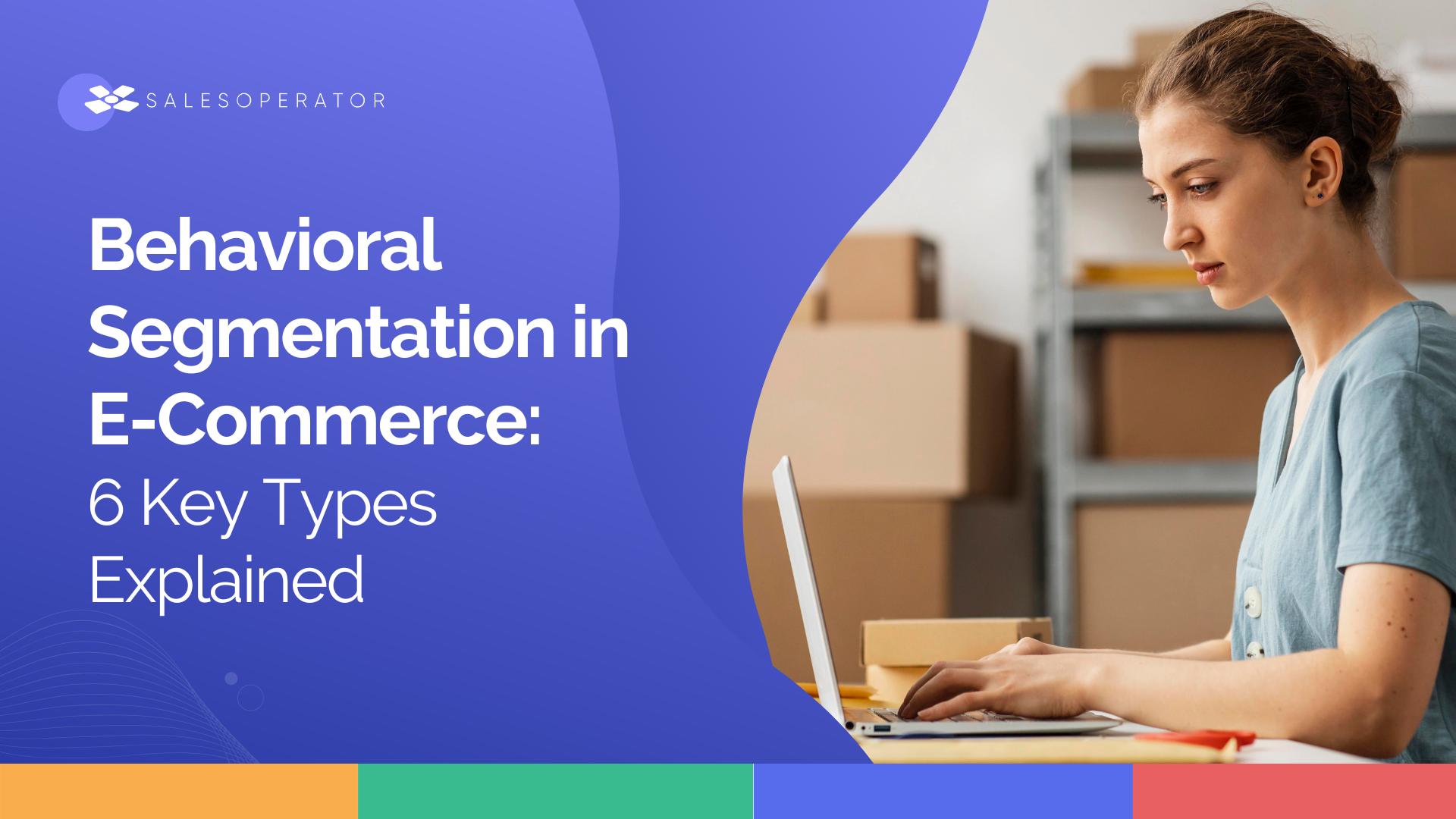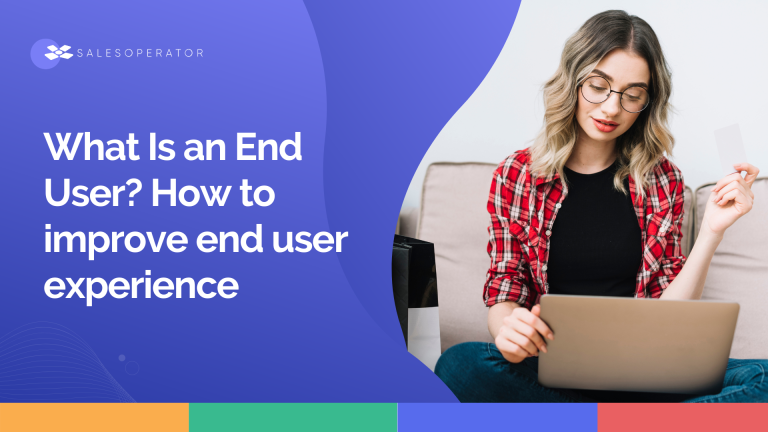Understanding customer behavior is a game-changer for online stores. Instead of guessing what shoppers might want, behavioral segmentation groups customers by what they do – their past purchases, browsing habits, or interactions with your brand – to predict future actions. In practice, this means using data from your shop (Shopify, WooCommerce, or other platforms) and marketing tools (email apps, analytics, CRMs, etc.) to divide customers into actionable segments. Marketers often find this highly effective: one industry report notes 91% of marketers say behavioral segmentation is the most effective approach. By treating customers as individuals with unique behaviors, you can send exactly the right message – improving personalization, boosting engagement, and ultimately driving more sales.
Behavioral segmentation goes beyond basic demographics. It focuses on actions – for example, did a customer click on your email, use a discount code, or repeatedly buy a certain product? These data points let you create dynamic customer groups. For instance, Shopify’s built-in segmentation lets you define groups (like “Thanksgiving pie buyers”) that automatically update as customer data changes. The result is far more precise targeting: you can message active shoppers differently from window-shoppers, or heavy users differently from first-time buyers. In fact, segmented campaigns pack a punch – one source reports segmented marketing can increase revenue by hundreds of percent, and personalization in general can lift revenues by ~40%. No wonder marketers say about three-quarters of ROI comes from segmented and triggered campaigns.
6 Types of Behavioral Segmentation
Below are six practical ways to slice your audience based on their behavior. Each type helps you tailor marketing to exactly what customers need at the moment.
- Customer Journey Stage. Segment customers by where they are in the buying process – aware, considering, or ready to buy. For example, someone reading your blog or newsletter is likely in the awareness stage, while someone who’s browsing product pages or has items in cart is in consideration/decision. Align your messaging accordingly: educate and inspire at awareness, offer reviews or comparisons at consideration, and provide strong incentives (discounts, free trials) at decision. Instapage highlights that segmenting by journey stage lets you “align communications and personalize experiences to increase conversions. In practice, you might set up Shopify tags or email lists for each stage and use automations: send a helpful guide to blog readers, but an abandoned-cart email to window-shoppers. Remember that real buyers jump around stages, so use multiple data points (page views, email opens, etc.) to accurately infer their stage.
- Customer Engagement. Not all customers interact with your brand equally. Engagement-based segmentation groups people by how and how often they interact. For example:
- Brand Engagement: Score customers on actions like email opens, app usage, or loyalty-program activity. High scorers (e.g. those who open every newsletter) are “highly engaged” and may respond well to transactional or exclusive offers; low scorers may need brand-story content or gentle reminders to re-engage.
- Channel Engagement: Some customers live on Instagram, others check email daily, others respond to push notifications. Identify each group’s preferred channel and reach them there.
- Content Engagement: Do customers like blog posts, how-to videos, or quick tips? Note their favorite content formats or themes (e.g. pet owners vs fitness enthusiasts) to serve them more of what they click on.
- Usage Behavior: For SaaS or subscriptions, classify users as “heavy” (power users), “moderate,” or “light” users based on frequency or feature usage. Heavy users might get loyalty perks; light users might need onboarding tips or usage incentives.
- Purchase Behavior. This covers what and how customers buy. Key sub-types include:
- Product Preferences: Group customers by the types or categories of products they buy. A customer who bought a winter coat may like related accessories; someone who purchased a grill might be interested in BBQ tools. For example, a WooCommerce store using a tool like Metorik can filter customers by past purchases and email them complementary product suggestions.
- Buying Process: Classify customers by their shopping style. Are they impulse buyers who snag deals the moment they see them? Researchers who read reviews and compare options at length? Or reluctant buyers who need discounts? Tailor your approach: use strong visuals and scarcity for impulsive shoppers, in-depth reviews for researchers, and incentives for hesitant buyers.
- Purchase Frequency/Loyalty: Identify repeat purchasers vs one-time buyers. Loyal repeat buyers may be enrolled in a VIP program or given rewards (as Shopify’s segmentation can easily flag repeat purchasers). Occasional buyers might be put on an email series to increase their frequency.
- Purchase Motivators: Segment by why people buy. Some customers chase discounts (deal-seekers), others value social proof (influencer-driven), and some love exclusivity (limited editions). Behavioral data like which emails they click or which ads they respond to can hint at their motivators. For example, if a segment mostly responds to sale-announcements, they’re bargain-motivated. Use this insight to craft offers (e.g. coupons for price-driven vs testimonials for trust-driven).
- Benefits Sought. Here you segment customers by the problem or benefit they care about. In other words, what need is driving their purchase? For example, a skincare brand might sell anti-aging serums, acne treatments, and sensitive-skin formulas. By analyzing browsing history, clicks on specific product pages, or past purchases, you can infer each customer’s priority. Instapage illustrates this with shampoo buyers: one customer might prioritize “volume” while another cares about “price”. Even if two customers look identical demographically, their benefits profile could be wildly different. In practice, you might see a customer repeatedly viewing anti-wrinkle products and treat them as the “anti-aging” segment, while another clicking acne-busting product pages goes into an “acne solution” segment. Then, marketing is customized: the first group gets emails about firming creams, the second sees content on clearing skin. This precision ensures you’re highlighting exactly the solution each segment values.
- Predictive (Probabilistic) Segmentation. This leverages data science and AI to group customers by predicted behavior or value. Rather than just historical actions, it involves forecasting. A common approach is value-based segmentation: grouping by predicted customer lifetime value (CLV). For instance, you might use a predictive model or an app feature to tag customers as “high CLV potential,” “medium,” or “low.” Then invest more marketing budget on high-CLV prospects. ActiveCampaign notes you can segment customers by expected revenue and then give perks to your highest-value customers (e.g., special loyalty rewards or premium support). AI-driven tools (like Shopify’s analytics or third-party services) can analyze dozens of behaviors to predict outcomes. For example, a customer who usually browses but never buys might be scored for churn risk. By targeting that “churn-risk” segment with win-back offers, you prevent losing them. Today, most marketers are using AI for this: one survey found ~88% use AI in day-to-day marketing, and many have AI-powered segmentation built in. The bottom line: predictive segmentation helps you focus on who will buy or stay loyal next, not just who has bought before.
- Customer Loyalty. Loyal customers behave differently from casual buyers, and they’re gold for long-term growth. Segment customers by loyalty indicators – e.g., past repeat purchases, membership in your rewards program, or total lifetime spend. Instapage emphasizes this: loyal customers “generate the bulk of your revenue, cost less to retain, and have the highest lifetime value. In other words, it’s vital to recognize and reward them. For example, you could create a “VIP” segment of customers with ≥5 purchases or high spend. Give these customers referral incentives, sneak-peek invites, or tiered discount codes. For those who show early signs of loyalty (e.g., signed up for newsletter and made one purchase), you might send campaigns designed to build that loyalty – like loyalty-program invitations or exclusive tips. Conversely, if you find “lapsed” loyalists (used to buy often but haven’t recently), put them in a retention segment and send re-engagement offers (e.g. “We miss you – here’s 20% off”). Many e-commerce platforms have tools or apps for loyalty segmentation. Shopify, for example, integrates with apps like LoyaltyLion or Smile.io to automatically tag and segment VIP customers. Even without apps, you can export order data from WooCommerce, use a tool like Google Sheets or an analytics plugin, and flag high-frequency buyers as one segment. The key is to nurture each loyalty tier appropriately: appreciate your champions and cultivate the next level of loyal customers.
Putting It All Together
In practice, many shops combine these types. For instance, a bike-commuter retailer might segment customers by value and loyalty. They could assign each customer to a 3×3 grid of High/Medium/Low CLV versus High/Medium/Low loyalty. This yields nine micro-segments. The highest priority might be High CLV, High Loyalty customers – treat them as brand ambassadors (e.g. special discounts, referral bonuses). Meanwhile, High CLV, Low Loyalty customers deserve extra attention to boost engagement (welcome offers, better support). Medium CLV, High Loyalty shoppers might get tiered loyalty rewards to encourage more purchases. By cross-referencing segments (e.g. combining “wellness product buyers” with “high CLV prospects”), you fine-tune campaigns even more.
Overall, behavioral segmentation turns raw customer data into targeted action. Modern e-commerce tools make this easier than ever: Some customer segmentation wizard builds dynamic segments with just a few filters, while WooCommerce stores can use reporting plugins (like Metorik or YITH Analytics) to filter customers by behavior. Email platforms such as Klaviyo or ActiveCampaign let you create segments based on web and purchase behaviors. The effort pays off: according to one marketing guide, 76% higher revenue often comes from segmented versus non-segmented campaigns. In short, by studying what your customers do, you can predict what they’ll do next – and craft marketing that feels personal, relevant, and effective.




